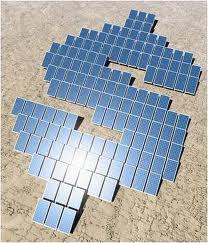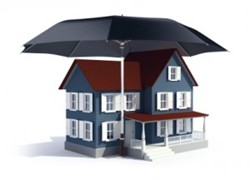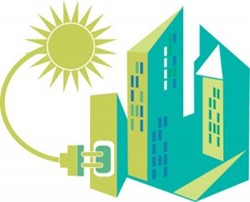
By Brian Stearns, Alpine SnowGuards
You finally made the choice to go solar. Seems like it might be pretty easy to install yourself, and save some money, right? Uh…you might want to think again.
 When
it comes to installing an entire solar array on your roof, don’t try it yourself. You’re best to leave all aspects to the experts. One slip up is all it takes to make the process not only frustrating, but time consuming, and wallet-draining
as well.
When
it comes to installing an entire solar array on your roof, don’t try it yourself. You’re best to leave all aspects to the experts. One slip up is all it takes to make the process not only frustrating, but time consuming, and wallet-draining
as well.
Installing the PV modules is the toughest part – or is it? Actually, the planning phase requires the most time. Researching the size array that would make the most sense, where the modules should be located, positioning, determining if your roof
is strong enough to carry the load of a solar array, what roof mounts to use, and how to ground the system are all steps you can’t overlook. Not to mention the permitting process.
Take the wrong approach to even one aspect of the installation, and you’ll find yourself wishing you had relied on a professional. And I promise I won’t say I told you so, but I will be thinking it.
 Cost
Cost
Since professional installers buy in larger quantities, the price they’ll pay for the panels and all other components will be far less than what you would pay. Also, and most importantly, they know what to buy, and they already have all the tools
needed for the install. Three words: Trust the experts.
Warranty
You can kiss a warranty goodbye if you choose to install the array yourself. And, honestly, that would be enough of a deterrent for me!
 The Roof – A Home’s Most Important Feature
The Roof – A Home’s Most Important Feature
Think of your roof as an umbrella, a winter coat, a cool air retainer in the summer, and everything in between that offers you protection from the elements. Botch the roof connection points, and you could not only create leaks and moisture where there
were none, you could also void your roofing manufacturer’s warranty altogether.
Sub-Par Output
Position the modules incorrectly, and you’ll be reducing the amount of power output that’s generated. This means you won’t save on your electric bill the way you thought you might. Over time, the benefits of the installation will dissipate,
and you’ll find that you’ve spent more than you’ll save. Lose – Lose.
Under Pressure
If your roof can’t handle the pressure, you could end up with costly roof repairs, the removal and reinstallation of your array, and a whole heap of wasted time.
 Wiring
Wiring
Think about this for a minute…how much do you really know about wiring a solar array?
If it was as easy as plugging them in, we would all have solar panels on our roofs. High voltage wiring is a part of the install, so there’s a physical risk involved, and a risk to your system if done incorrectly. In many states, the person dealing
with the array wiring must be a licensed electrician.
Extensive knowledge about grid connection, how to identify equipment that’s compatible with the requirements of your system, and how to gain the maximum power from your array are extremely important factors that you won’t want to take into
your own hands.
Permits & Inspections
Depending on where you live, you may need permits and/or approvals from your town or city planning department. You’ll also need to be sure your array is compliant with town/city, state, and national building codes.
Of course your array will also need to pass an inspection. Go it alone, and you’ll be responsible for this entire process. I don’t know about you, but I don’t have that kind of time on my hands.
Regulations
Will your insurance company require anything specific from you? Your homeowner’s insurance may not cover you if you self-installed your array. And what about your electric company? What requirements do they have that you may not be aware of?
 Rebates & Incentives
Rebates & Incentives
A professional installer will make sure you take the steps needed to take advantage of any incentives that may be available to you (most of which require the installation be handled by a professional) – these incentives can turn out to be quite
significant on the money-saving side of things, and so it’s an advantageous route you want to be sure not to drive past.
With all of the DIY solar kits on the market today, it’s definitely tempting, I know, but trust me - this will be one of those things you’re glad you didn’t do.